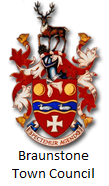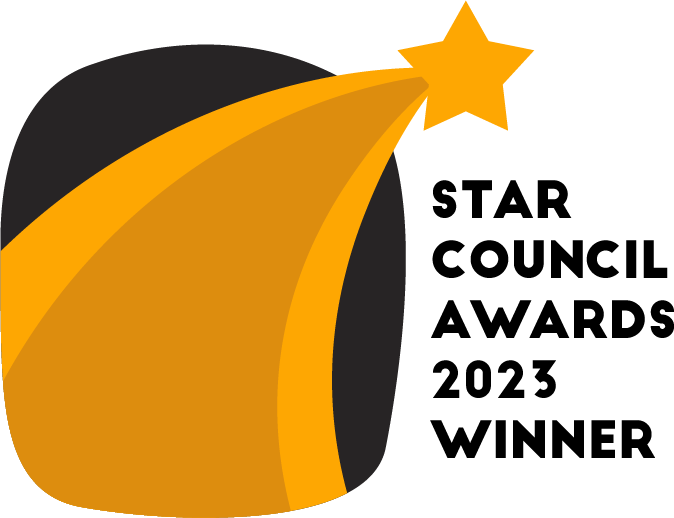Accessibility on the Braunstone Town Council Website
Accessibility is an important part of being able to offer a website. Many people think accessibility is purely about disabled access to a website, but this is not quite accurate - it is to ensure the website is usable by as many people as possible.
This includes people using older computers, mobile and tablet computers, people with disabilities, and avoiding features which may cause headaches or migraine.
This page features a brief explanation of the accessibility guidelines and standards that we are working towards. Accessibility is an ongoing concern, not something that can be 'finished'.
Assistive Technologies
Screen Readers
Screen readers are programs which allow blind or partially sighted users to browse the internet. The majority of screen readers have two functions - one is that they extract the text of the website, the other is that they read the text out loud.
Extracting the text can be helpful to people with colour deficiencies, or partially sighted users, who may have trouble reading text on certain backgrounds in certain colours.
Reading the text aloud means visually impaired users can listen, rather than read it.
Some screen readers have more advanced features, such as outputting text to braille displays - technology which uses shaped pins to form braille characters allowing visually impaired users to read the website as they would braille elsewhere.
We are working on making the website more friendly for screen readers by removing so called 'blank links' from the menu, reducing the number of menu items, and making sure descriptive alt tags are used.
Keyboard Navigation
Some users with fine motor control issues may not be able to use standard computer mouses, and in many cases operate websites exclusively with the keyboard of a computer. We are working on ensuring this functionality exists on every page of our website.
This is primarily an issue with the websites menu, and is being worked on.
Technical
Low Bandwidth Connections
Low bandwidth internet connections are no longer as much of an issue as they once were. However, many people access websites via mobile phones with limited data packages. Due to this, we try to reduce the size and quality of images we use on this website, to ensure a fast page load speed for all visitors.
Mobile and Tablet Devices
Government data indicates a significant change in the habits of web users, as more and more people switch to using a mobile phone or tablet as their primary method of internet access.
Up to 70% of web traffic can now come from mobile devices, which display websites very differently to desktop computers. As a result of this, older pages and methods of building websites have become outdated and need to be replaced or rewritten.
The majority of the pages of this website are now 'responsive', with a few still remaining to be worked on.
Documents
Council documents created since September 2018 should be provided in an easily accessible format. We know that some are currently not, and this is being worked on - however, the core of the website was prioritised over archive documents.
Our aim is to:
- provide an HTML option where possible
- tag headings and other parts of the document properly, so screen readers can understand the structure
- include descriptive text alongside images
- avoid using tables as a layout method
- write in plain, easily understood English
- are photocopied, and are provided as an image rather than text
- do not contain headings to identify sections of the text
We are working towards all new documents being accessible.
However, some of our older documents (published before 23 September 2018) are not accessible. For example, some of them:
We do not currently have any plans to make the pre 2018 documents accessible. However, if you need access to information in one of these documents, you can contact us to ask for an alternative format.
Ease of Access
Image alt tags
Image alt tags provide a simple method for partially sighted or blind users to identify the content of an image. We are working on updating the website to provide full alt tags for all images.
Meta Title and Descriptions
Meta tags and descriptions provide a method for users to identify the primary focus of any page before clicking on it - for example when a link to the website is posted on Facebook. This will allow users to quickly identify whether or not to visit a particular page, especially partially sighted users.
Report an Accessibility Issue
You can report an accessibility issue on our website via our Contact page.
Please ask for the communications team.



